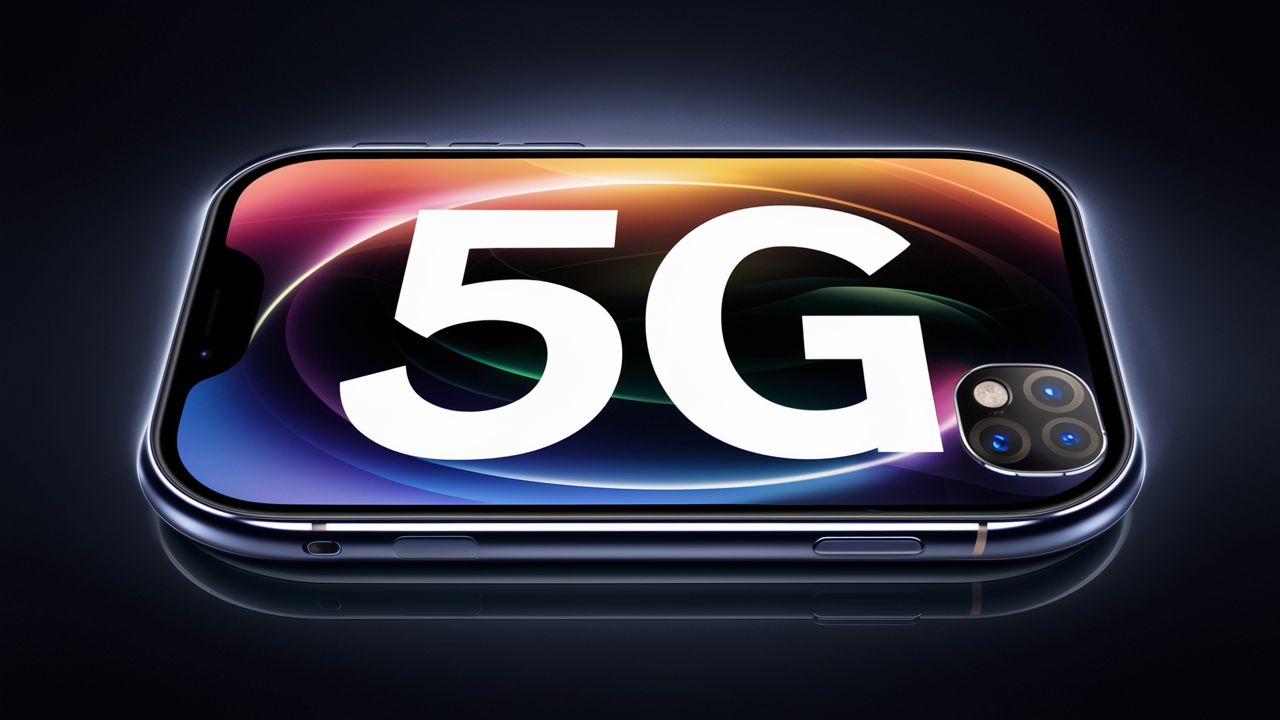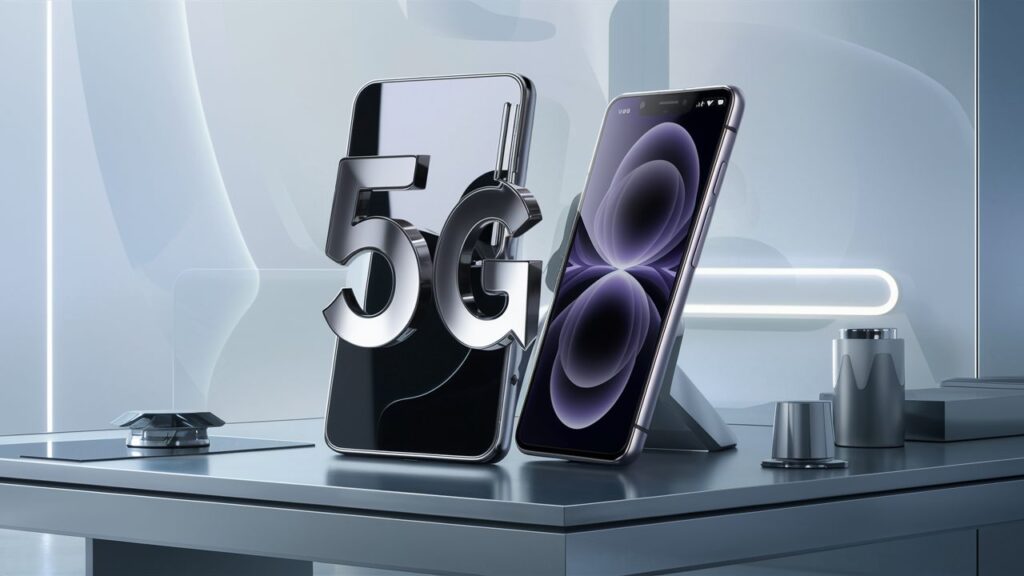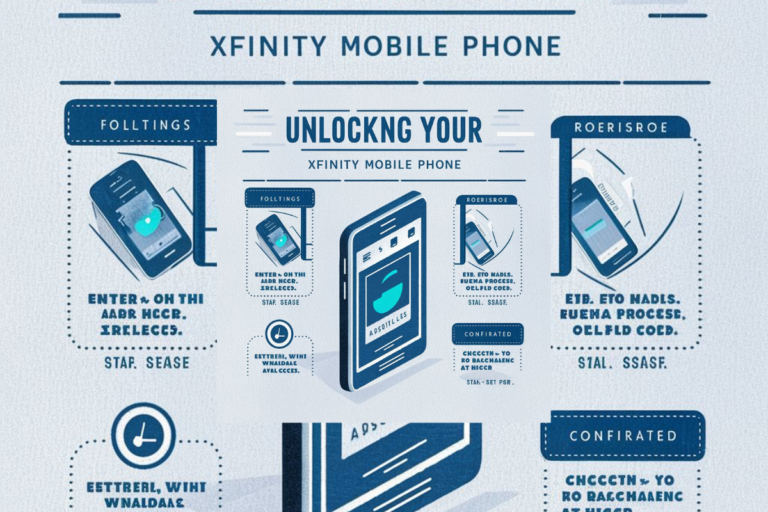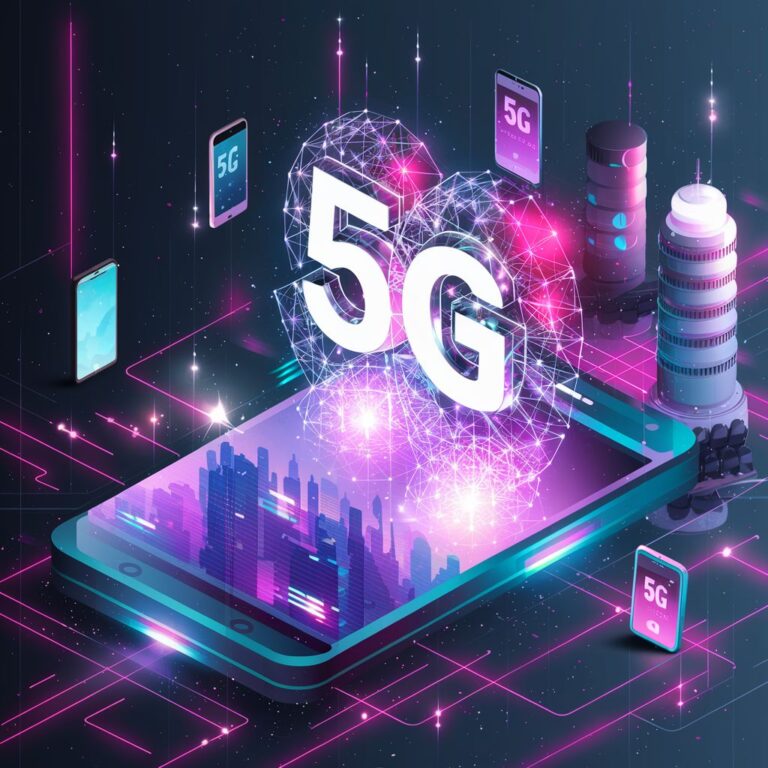Unlocking the Potential: Exploring the Advantages and Challenges of 5G Phones
5G technology refers to the fifth generation of cellular network technology, succeeding the previous generations like 4G LTE. It promises significantly faster data speeds, reduced latency, increased capacity, and more reliable connections compared to its predecessors. 5G technology is designed to support a wide range of applications, from enhanced mobile broadband to mission-critical communications and massive machine-type communications, paving the way for innovations in various industries and sectors.
A brief overview of 5G phones entails understanding that these devices are equipped with technology capable of connecting to 5G cellular networks. Compared to their predecessors, 5G phones offer significantly faster download and upload speeds, reduced latency, and improved network reliability. They enable users to experience enhanced mobile internet browsing, smoother streaming of high-definition content, and better support for emerging technologies such as augmented reality (AR) and virtual reality (VR). Additionally, 5G phones often come with advanced features and capabilities to harness the full potential of 5G networks, making them essential tools for staying connected and accessing high-speed data on the go.
Understanding the advantages and challenges of 5G technology
Is crucial for various stakeholders, including consumers, businesses, and policymakers. It allows them to make informed decisions, anticipate potential obstacles, and leverage the benefits of this transformative technology effectively. By comprehensively understanding the advantages, such as faster data speeds, reduced latency, and enhanced connectivity, stakeholders can capitalize on opportunities to innovate, improve productivity, and deliver new services and experiences.
Simultaneously, recognizing the challenges, such as infrastructure limitations, compatibility issues, and cybersecurity concerns, enables stakeholders to proactively address issues, mitigate risks, and develop strategies for successful implementation and adoption. Overall, understanding the advantages and challenges of 5G technology is essential for navigating the complex landscape of next-generation wireless networks and harnessing their full potential for societal and economic advancement.
The Advantages of 5G Phones are Numerous & Include
Blazing-fast Data Speeds: 5G technology offers significantly faster download and upload speeds compared to 4G LTE, enabling users to download large files, stream high-definition videos, and engage in bandwidth-intensive activities with minimal lag.
Low Latency: 5G networks have lower latency, meaning there is less delay between sending and receiving data. This is particularly beneficial for real-time applications like online gaming, video calls, and autonomous vehicles, where immediate responses are crucial.
Enhanced Connectivity: With 5G, users can experience more reliable and consistent connectivity, even in densely populated areas or indoors where network congestion might have been an issue with previous generations of cellular technology.
Support for Emerging Technologies: 5G facilitates the widespread adoption of emerging technologies such as augmented reality (AR), virtual reality (VR), and Internet of Things (IoT) devices by providing the necessary bandwidth and low latency for seamless experiences.
Improved Battery Life: While early 5G devices may have faced battery life challenges due to the energy demands of the technology, advancements in chipset efficiency and network optimization are gradually addressing this issue, resulting in better battery performance.
Opportunities for Innovation: The high-speed, low-latency nature of 5G networks opens up new possibilities for innovation across various industries, including healthcare, transportation, manufacturing, and entertainment, leading to the development of novel applications and services.
Overall, 5G phones offer a plethora of advantages that promise to revolutionize how we communicate, work, and interact with technology in our daily lives.
The Challenges of 5G phones Include
Infrastructure Limitations: Deploying 5G infrastructure requires significant investment in building new cell towers and upgrading existing ones. This can pose challenges, especially in rural or remote areas where the cost of deployment may be prohibitive, leading to uneven coverage and connectivity gaps.
Compatibility Issues: While 5G networks continue to expand, not all regions and devices are 5G-ready. This can lead to compatibility issues for users who own older devices or live in areas with limited 5G coverage, hindering their ability to fully utilize the benefits of 5G technology.
Cost Implications: The rollout of 5G technology involves substantial costs for both network operators and consumers. Upgrading infrastructure, acquiring spectrum licenses, and purchasing new 5G-compatible devices can be expensive, potentially leading to increased service fees or device prices for consumers.

Cybersecurity Concerns: The increased connectivity and data transmission speeds of 5G networks also present new cybersecurity challenges. With more devices connected to the internet, there is a higher risk of cyber attacks and data breaches, necessitating robust security measures to protect user privacy and sensitive information.
Health and Environmental Concerns: Some individuals have expressed concerns about the potential health effects of prolonged exposure to 5G radiation. Additionally, the increased energy consumption associated with 5G infrastructure and devices could have environmental implications, raising questions about sustainability and energy efficiency.
Regulatory and Policy Issues: The deployment of 5G networks is subject to various regulatory and policy considerations, including spectrum allocation, licensing requirements, and compliance with local regulations. Navigating these legal frameworks can be complex and time-consuming for network operators and policymakers alike.
Addressing these challenges requires collaboration among stakeholders, including government agencies, industry players, and consumer advocacy groups, to ensure the successful and responsible rollout of 5G technology while mitigating potential risks and maximizing its benefits.
Future Outlook and Conclusion
The future outlook for 5G phones is promising, potentially revolutionizing communication, connectivity, and technology across various industries and sectors. As 5G networks continue to expand and mature, we can expect to see:
Ubiquitous Connectivity: 5G technology has the potential to bring high-speed internet access to virtually every corner of the globe, enabling more people to connect and communicate than ever before.
Innovative Applications: The low latency and high bandwidth of 5G networks will enable the development of innovative applications and services, ranging from augmented reality (AR) and virtual reality (VR) experiences to smart cities and autonomous vehicles.
Industry Transformation: 5G technology will drive digital transformation across industries, unlocking new opportunities for efficiency, productivity, and innovation. 5G will reshape how businesses operate and deliver customer value, from healthcare and education to manufacturing and transportation.
Economic Growth: The widespread adoption of 5G technology is expected to stimulate economic growth and create new jobs in sectors such as telecommunications, software development, and infrastructure deployment.
Challenges and Considerations: However, realizing the full potential of 5G technology will require addressing various challenges, including infrastructure limitations, compatibility issues, cybersecurity concerns, and regulatory hurdles. Collaboration among stakeholders will be essential to overcome these obstacles and ensure a smooth transition to the 5G era.
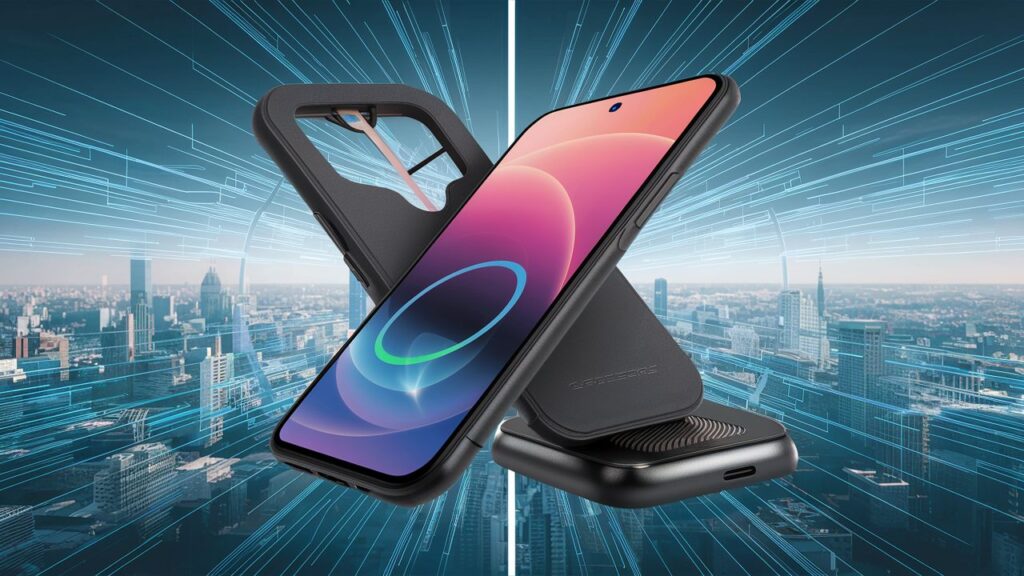
In conclusion
5G phones represent a significant advancement in wireless communication technology, offering faster speeds, lower latency, and enhanced connectivity compared to previous generations. While challenges remain, the opportunities presented by 5G are vast and transformative, promising to shape the future of how we connect, communicate, and interact with technology. By understanding the advantages and challenges of 5G technology and working together to address them, we can unlock its full potential and usher in a new era of innovation and prosperity.

